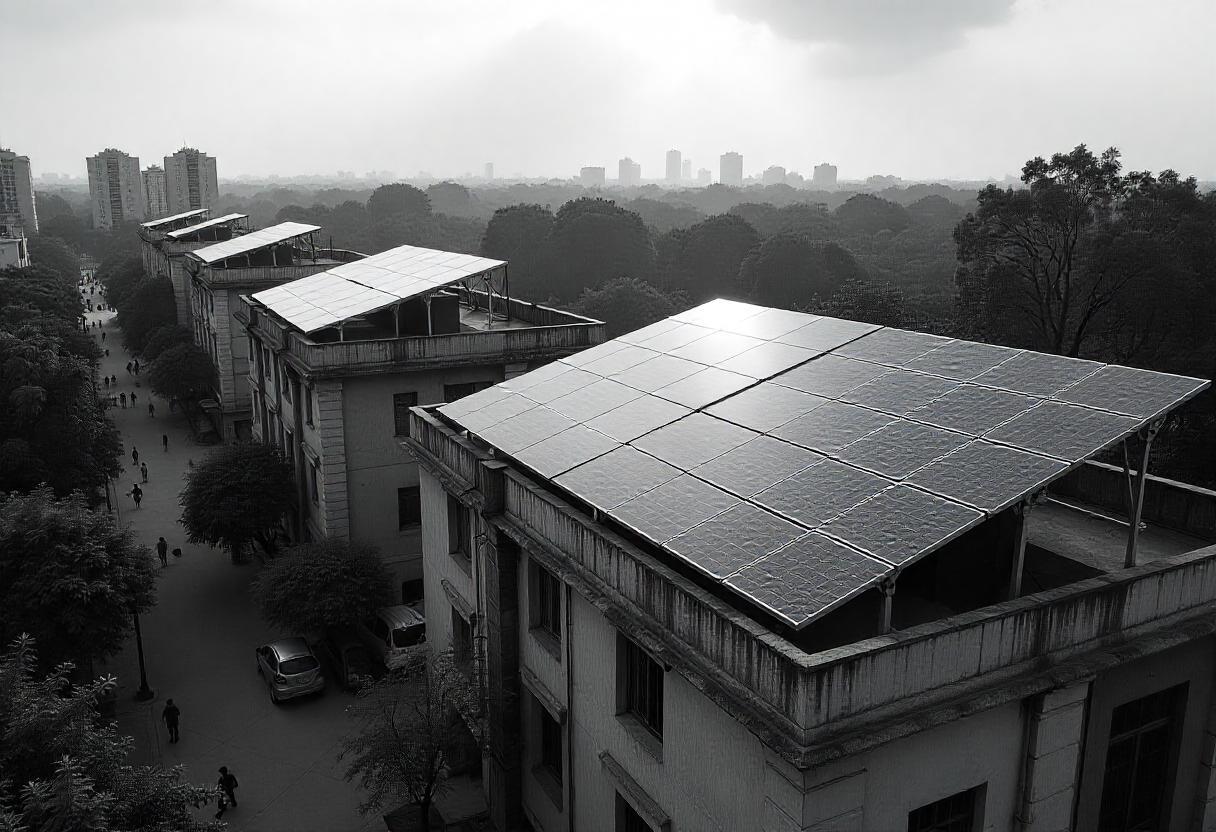The Renewable Energy Market APAC is rapidly evolving in 2025, with countries across the Asia-Pacific region intensifying their efforts to shift toward sustainable energy systems. A combination of policy reforms, strategic investments, and international collaboration is driving substantial growth in clean energy infrastructure, particularly in solar, wind, and offshore renewable technologies.
The global renewable energy market size was valued at USD 1.1 trillion in 2022 and is projected to grow at a compound annual growth rate (CAGR) of 16.9% from 2023 to 2030.
Get the Free Sample Research Report Copy on Renewable Energy Market APAC: https://www.marketdigits.com/request/sample/875
India’s Expanding Renewable Energy Landscape
India remains a central force in the regional renewable energy transition. The country is actively expanding its renewable energy capacity through high-profile acquisitions and capital infusion into solar and wind projects. With a clear emphasis on scaling up its clean energy platforms, India is fostering a favorable environment for both domestic and international stakeholders. These developments reflect a long-term commitment to diversifying energy sources and reducing environmental impact.
China’s Momentum in Clean Energy Capacity
China continues to demonstrate strong leadership in the Renewable Energy Market APAC, with significant growth in installed renewable energy capacity. Wind and solar projects are now taking precedence over conventional power sources in the country’s energy strategy. While infrastructure and grid integration remain areas for improvement, the shift marks a strategic realignment toward low-carbon energy production. China's approach serves as a benchmark for energy diversification across the region.
Vietnam’s Regulatory Push for Offshore Wind Development
Vietnam is advancing its renewable energy objectives by implementing new regulations aimed at fostering growth in offshore wind power. These policy measures are designed to attract long-term investment, improve regulatory transparency, and support the development of large-scale renewable projects. By creating an enabling environment for offshore wind, Vietnam is reinforcing its position as a rising contributor to clean energy in the Asia-Pacific region.
Get the complete view of 180 Pages Market Research Report on Renewable Energy Market APAC: https://www.marketdigits.com/renewable-energy-market-1691139637
South Korea’s Legislative Framework for Offshore Wind Projects
South Korea has introduced a transformative legislative framework to accelerate the deployment of offshore wind energy. The new policies simplify approval procedures and establish clearly defined zones for project development. This strategic reform is intended to overcome historical delays in renewable project implementation and catalyze the country’s energy transition. The legislative support reflects a broader commitment to environmental sustainability and green innovation.
Southeast Asia’s Opportunities and Barriers
In Southeast Asia, several nations are making notable progress in expanding solar and wind capacity. However, the pace of development is challenged by infrastructure limitations and inconsistent policy execution. Markets such as Vietnam and the Philippines hold strong potential due to favorable geographic and climatic conditions, yet face practical challenges in bringing projects to completion and ensuring grid readiness. These barriers underscore the need for integrated planning and sustained policy support to realize the region’s clean energy goals.
Outlook for the Renewable Energy Market APAC
The future of the Renewable Energy Market APAC is marked by optimism and opportunity. As nations continue to align energy strategies with environmental priorities, the market is poised for continued expansion. Investments in grid modernization, regulatory reform, and technological innovation will be critical in enabling a more resilient and sustainable energy ecosystem. The Asia-Pacific region is positioned to be a global leader in renewable energy, playing a vital role in the broader transition to a low-carbon future.


